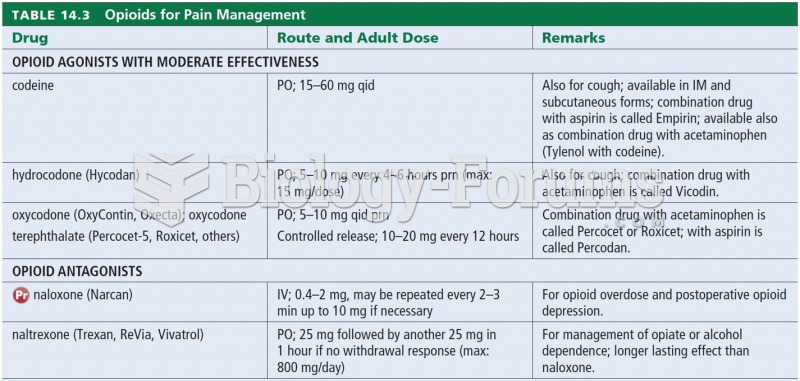|
|
|
The largest baby ever born weighed more than 23 pounds but died just 11 hours after his birth in 1879. The largest surviving baby was born in October 2009 in Sumatra, Indonesia, and weighed an astounding 19.2 pounds at birth.
As many as 28% of hospitalized patients requiring mechanical ventilators to help them breathe (for more than 48 hours) will develop ventilator-associated pneumonia. Current therapy involves intravenous antibiotics, but new antibiotics that can be inhaled (and more directly treat the infection) are being developed.
In the United States, there is a birth every 8 seconds, according to the U.S. Census Bureau's Population Clock.
Excessive alcohol use costs the country approximately $235 billion every year.
Bacteria have flourished on the earth for over three billion years. They were the first life forms on the planet.







